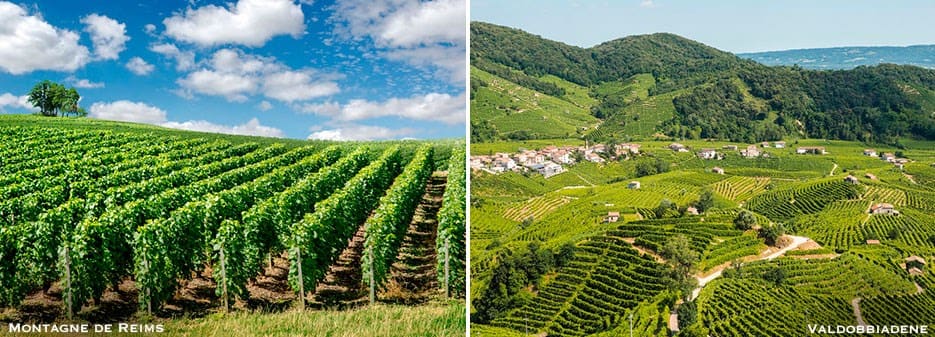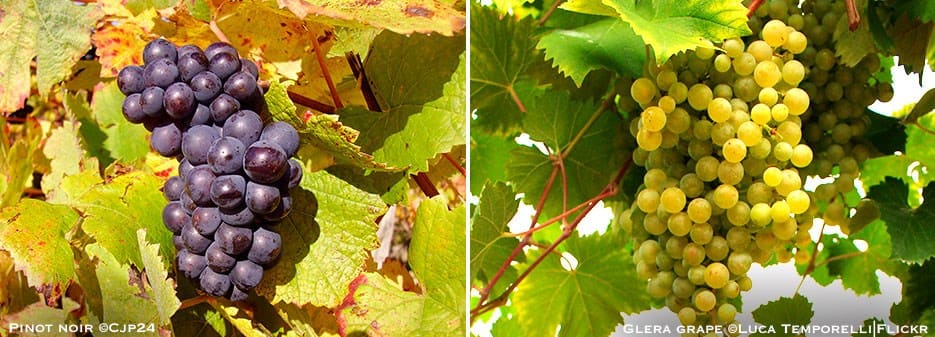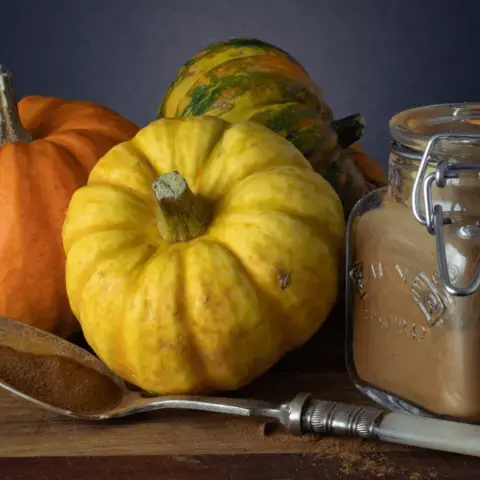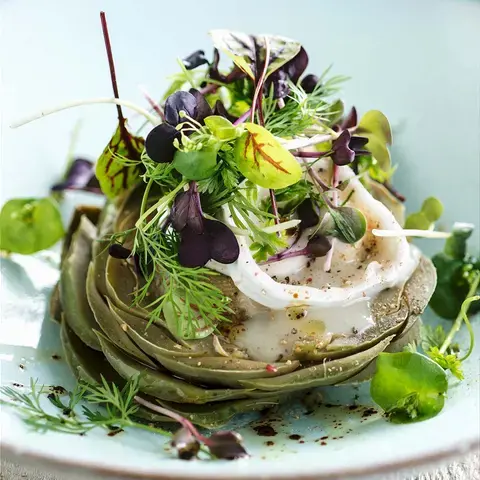What's the difference between Champagne and Prosecco? I can already hear the Champagne enthusiasts exclaiming indignantly: “How can anyone mistake a zircon for a diamond!” and the defenders of Prosecco replying: “We make a more humble sparkling wine but we sell millions of bottles and everyone can afford it”. When we uncork a Prosecco or a Champagne, both bottles make a slight pop. When poured out, both wines develop bubbles. However, the differences between Champagne and Prosecco are huge, so let’s take a more detailed look at them.
Area of production
The first difference between Champagne and Prosecco is their areas of production. Prosecco Superiore is a DOCG wine from the higher slopes of the hills located 50 km from Venice in North East Italy. The traditional production area of Prosecco Superiore is restricted to 15 municipalities of Veneto, between Vittorio Veneto and Valdobbiadene, while the 9 municipalities of the Friuli Venezia Giulia region produce a Prosecco which is not quite so highly rated. We often tend to refer generically to Prosecco and consider its terroir as being a homogeneous one. However, the Cartizze and Rive varieties represent the noblest expressions of this wine.















